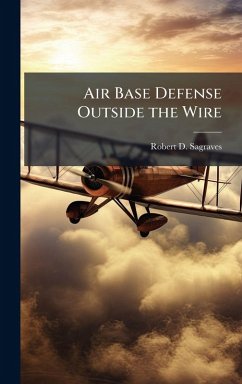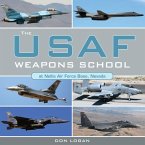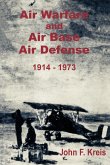This study examines the role of air support in defending expeditionary air bases on the nonlinear battlefield. The study begins by calling on US Army doctrine to describe the characteristics of the nonlinear battlefield. Emphasis is placed on the undefended seams that emerge on this battlefield, noting that these seams can be exploited by enemy forces to move within striking distance of expeditionary air bases. Next, the study outlines the various reasons why expeditionary air bases make such an attractive target for ground attack: the extreme difficulty of fighting the US Air Force in symmetric aerial combat; the inherent vulnerability of expeditionary operations; the fragility of modern aircraft to ground attack; and the potential payoff of successful attacks. To determine the methods adversaries may use to attack air bases in the future, the study then briefly surveys the history of ground attacks against air bases in three conflicts: British raids against Axis airfields in World War II; Viet Cong and North Vietnamese Army attacks against US air bases in Vietnam; and Mujahideen missile attacks against aircraft landing and taking off from air bases in Afghanistan from 19861988. This review strongly suggests that the most dangerous and likely threat to air bases is posed by standoff weapons. The study assesses that this threat is particularly hard to counter due to recent advances in standoff weaponry and the difficulty involved in controlling the "standoff footprint." This work has been selected by scholars as being culturally important, and is part of the knowledge base of civilization as we know it. This work was reproduced from the original artifact, and remains as true to the original work as possible. Therefore, you will see the original copyright references, library stamps (as most of these works have been housed in our most important libraries around the world), and other notations in the work. This work is in the public domain in the United States of America, and possibly other nations. Within the United States, you may freely copy and distribute this work, as no entity (individual or corporate) has a copyright on the body of the work. As a reproduction of a historical artifact, this work may contain missing or blurred pages, poor pictures, errant marks, etc. Scholars believe, and we concur, that this work is important enough to be preserved, reproduced, and made generally available to the public. We appreciate your support of the preservation process, and thank you for being an important part of keeping this knowledge alive and relevant.
Bitte wählen Sie Ihr Anliegen aus.
Rechnungen
Retourenschein anfordern
Bestellstatus
Storno








